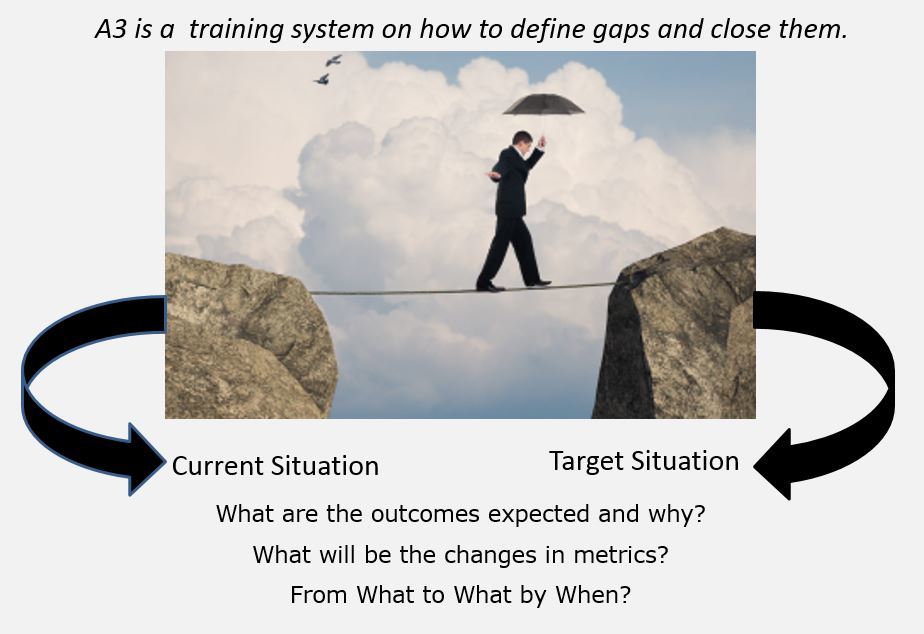 I have to admit I am guilty as anyone falling into the trap of the latest and greatest way to hypothesize, iterate and develop great products. I enjoy playing with many of the tools laid forth but find myself failing to see the forest because of all the trees.
I have to admit I am guilty as anyone falling into the trap of the latest and greatest way to hypothesize, iterate and develop great products. I enjoy playing with many of the tools laid forth but find myself failing to see the forest because of all the trees.
In the latest iterations of many Business and Marketing Models, Development and Startup thinking you will see Canvases, Stacks, Experimentation Records, Cycle Records, Cards and all sorts of things that depict the problem-solving method of experimentation or scientific thinking. Many of them try to move away from that incremental thinking of Lean and move into the design thinking concept of exploration, but my regular readers know my views on that. It is described in this blog post, A Lean Interpretation of Professor Christensen’s Talk.
While reviewing most of these, my thoughts drift back to why not develop a thorough understanding of PDCA. It is the glue that would be common to all of them. And, like learning anything we need to bite it off in small incremental chunks and master parts of a process before we can master the entire thing. An A3 is a document that when followed becomes your process to learn PDCA. It keeps you focused in the present on closing a gap from A to B.
The importance is that in defining where you at and where you want to go is the most fundamental concept in just about every effort that we try to accomplish. Even in the bigger picture of Business Models, they are seldom more than addressing multiple gaps versus a single gap. When they become defined separately, they are easy to manage, prioritize and to do.
A3s create an emphasis of determining the present, and I think that is one of the major drawbacks people perceive. Seldom do people/organizations want to determine what they have done, they want to know what will be done. However, I believe that is a reason for failures in iterative planning. If you don’t where you are starting from, I am never sure on how you think an iteration towards something will help.
Lean is about gaps. Think about a few of the gaps that we could address and without current knowledge, quantitative data, or evidence would it be accurately portrayed? Would your customer arrive at the same conclusion as you?
- Knowledge Gap – difference between company perceptions of customers expect and what customers really expect
- Standards Gap – difference between company perceptions and service quality specifications
- Delivery Gap – difference between perceived expectations and actual service delivery
- Communication Gap – difference between what is delivered and what is communicated
- Perception Gap – difference between what customers expect and what they actually receive
Without a true starting point defined, we have difficulty starting a project. We find out that we are unable to ground ourselves in the moment which is the essence of completing present tasks. The target condition offers us guidance but without a present state seldom will we complete tasks with any consistency towards our target condition. I know that sounds like an over simplification but it’s not. The difficulty of quantifying and determining a current state is a laborious process.
How important is the present moment?
How important is understanding the gap?
